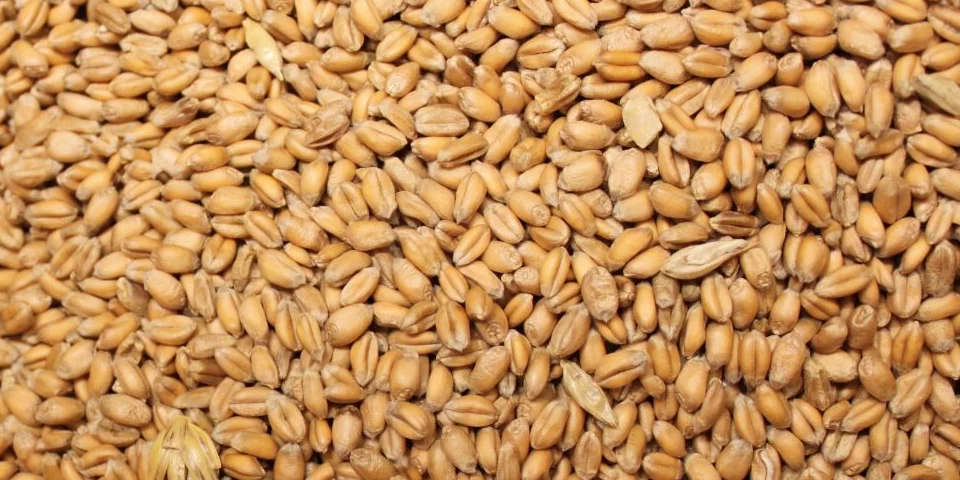Modern poultry diets are heavily grain-based and contain many different ingredients. Grains are highly likely to be contaminated with mycotoxins. It is widely accepted that poultry diets are frequently contaminated with mycotoxins. When multiple mycotoxins are ingested together, they can combine synergistically to create worse symptoms.
Low levels of mycotoxins typically result in subacute symptoms such as reduced feed intake, poorer FCR, or poorer egg quality. Although birds may not suffer any ill health at these concentrations, the cost to your business may still be significant.
Sources of Mycotoxins
Poultry may be exposed to mycotoxins through several different sources.

Compound Feed
Pelleting does not destroy mycotoxins. Although any mould present within the feed may be killed, any mycotoxins they have already produced will remain.

Grain
Grain is often contaminated by Fusarium fungi, which favour cooler and wetter conditions. Fusarium species are known to produce Trichothecene and Fumonisin mycotoxins.

Straw
Results from our straw survey show that straw is frequently contaminated with multiple mycotoxins.
Mycotoxicosis Symptoms
Symptoms of mycotoxin exposure are varied. There is no one symptom of mycotoxicosis and all symptoms may be attributed to a different cause. However, the more symptoms animals are showing, the more likely it is that mycotoxins are the cause.
Common symptoms of mycotoxicosis in ruminants include:
- Feed refusal
- Oral lesions
- Poor growth rate
- Fatty liver and kidney damage
- Diarrhea
- Reduced egg numbers and poorer quality eggs
Different mycotoxins cause different symptoms in poultry. Specific symptoms associated with the most common mycotoxins can be found below:
Aflatoxins
There are several different types of Aflatoxin, but the most common are AFB1, AFB2, AFG1 and AFG2. Aflatoxin M1 is the main metabolite of Aflatoxin B1.
Aflatoxins are known carcinogens and are responsible for liver damage and reduction of renal function. Digestive function is also reduced during aflatoxicosis.
Aspergillus flavus, the mould responsible for producing aflatoxins in commonly found infecting energy and protein rich commodities such as maize, rice and peanuts.
Fumonisins
Fumonisins are produced by Fusarium species, usually on grains (wheat, barley, oats, sorghum).
There are many different fumonisin toxins, although Fumonisin B1 (FB1) and Fumonisin B2 (FB2) are the most prevalent.
They are related to lower body weights, liver pathology, and blood and bile changes.
Deoxynivalenol (DON) and other Trichothecenes
Zearalenone (ZON)
Produced by Fusarium species, so can be found on wheat and grain moulds.
ZON mimics oestrogen and so is related to reproductive issues such as fertility, egg shell thickness, and hatchability.
ZON is commonly detected in grain alongside DON.
Ochratoxin A (OTA)
Poultry are at greater risk from Ochratoxin A (OTA) than other mycotoxins.
Symptoms of ochratoxicosis in poultry include poor feed conversion and poor egg shell quality. Ochratoxin is nephrotoxic, targeting the kidneys.
Ochratoxin A has also been shown to carry over in to the meat after ingestion.